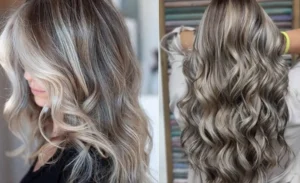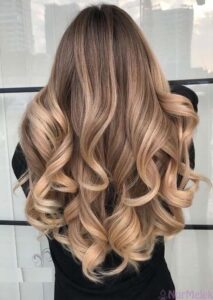What is the rarest hair color
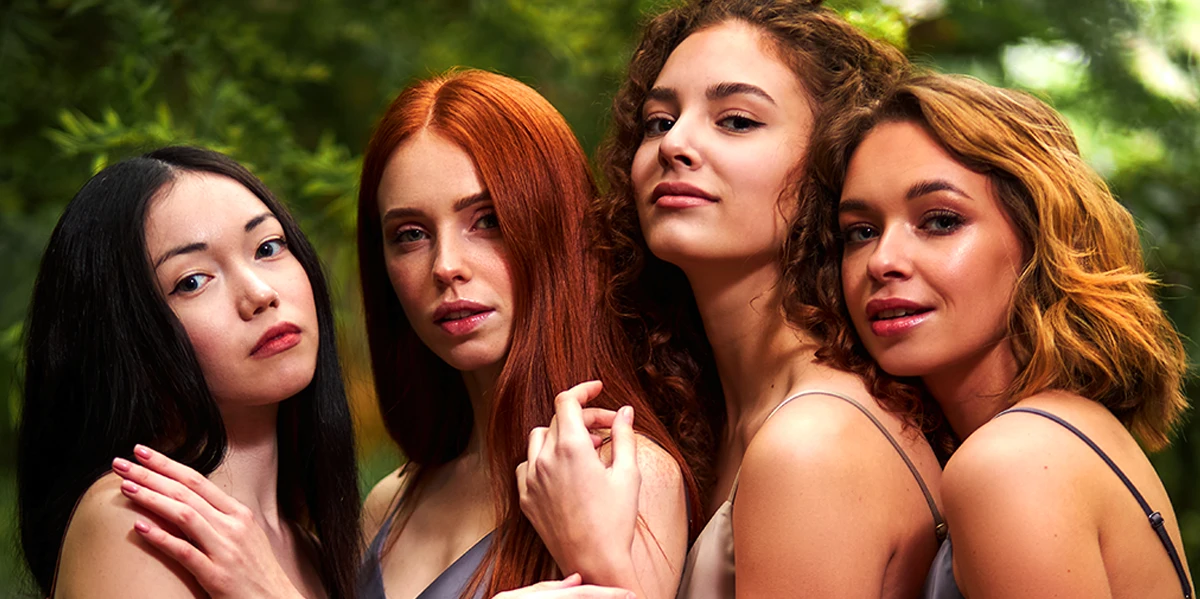

So, what’s the rarest hair color? Drumroll, please… it’s actually a hue known as natural red! Yes, only about 1-2% of the world’s population sports this fiery tint. But here’s the kicker: true red hair isn’t just about the color; it’s more like a badge of honor, often accompanied by fair skin and freckles. It’s like the limited-edition sneakers everyone dreams of but only a select few own.
- Nature’s Rarity: Discovering the World’s Most Elusive Hair Color
- Beyond Blonde and Brunette: The Fascinating Science of the Rarest Hair Color
- Unlocking the Mystery: What Is the Rarest Hair Color and Why Does It Matter?
- From Ginger to White: A Deep Dive into Hair Color Genetics and Rarity
- The Quest for Rare Hair: Meet the Few Who Sport the World’s Rarest Shades
- Chromatic Curiosities: Exploring the Rarest Hair Colors in the Human Population
- Pale Perfection: Why Blonde Hair is More Common Than the Rarest Color
Now, if you’re thinking, “But what about other rare colors?” There’s also luscious platinum blonde, which is like a shimmering pearl in the world of hair. It’s incredibly stunning, yet even rarer than red. Getting that shade perfectly requires a mix of genetics and meticulous dyeing techniques, making it a true diva among hair colors.
And let’s not forget the fascinating phenomenon of grey hair in the young! While we often associate grey with age, some people embrace this unique look in their twenties or thirties. It’s like wearing a badge of wisdom a little earlier than the crowd.
So, whether you’re eyeing red, platinum, or that striking grey, the rarest hair colors remind us how unique and diverse we truly are. Next time you see someone rocking a standout shade, you might just be looking at a real-life hair unicorn!
Nature’s Rarity: Discovering the World’s Most Elusive Hair Color
Have you ever seen someone with hair so strikingly unusual that it felt otherworldly? This rare color, often dubbed “natural purple,” is an incredible fusion of subtle undertones and hues that seem to change in different lights—just like a chameleon. It takes genetics and a sprinkle of serendipity to pull this off, which is why it’s so rare. Picture people with locks resembling the petals of a morning glory or the misty dawn skies. It’s not just a color, but a mood, a vibe that echoes artistry in nature.
Why do we crave these extraordinary hair colors? Much like spotting a shooting star on a clear night, they remind us that beauty can be unexpected, fleeting, and downright magical. Achieving this elusive look can feel like chasing rainbows—another rarity in our everyday lives. It sparks conversations and allows people to share in the admiration of something they’ve never seen before. Can you imagine walking into a room, and every head turning, as if you’re the protagonist in a fantastical story? That’s the allure of having something so unique.
This journey through nature’s rarity opens our eyes to the fascinating diversity that exists within us. It pushes us to embrace our individuality, encouraging us to look beyond the ordinary and celebrate those little eccentricities that make us who we are.
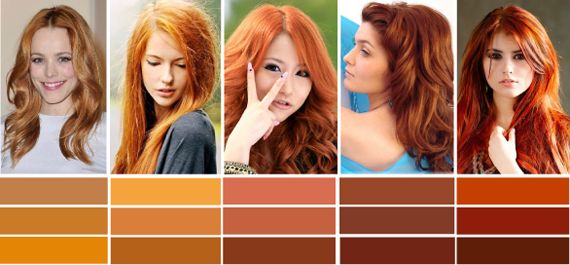
Beyond Blonde and Brunette: The Fascinating Science of the Rarest Hair Color
First off, have you heard of gray or white hair? Sure, it’s stereotypically associated with aging, but at the molecular level, it’s fascinating! As we age, melanin production slows down, letting that beautiful silver strand take the stage. But here’s the kicker—some people are lucky enough to sport those silver locks even in their twenties. Talk about genetics working in mysterious ways!
Now, let’s talk about our favorite outlier: the elusive red hair. Only about 2% of the world’s population has it, and it’s more than just a striking color; it comes from a specific gene variant. Imagine being a wild pop of color in a sea of monotones—it’s like finding a fiery sunset in a gray sky. Redheads are often more sensitive to pain, thanks to the same genetics that give them their standout hair. Crazy, right?
And don’t forget about the rarest natural hair color of all—green! Rare as a unicorn, this color doesn’t happen naturally but can often be a mix-up of various shades reflecting light in just the right way. Like a chameleon, your hair can sometimes surprise you by playing tricks with light, blending hues in an enchanting display.
So, whether you’re rocking a bold color or embracing the beauty of your natural shade, it’s clear that the science behind hair color is as varied and vibrant as life itself. Each strand tells a story—what will yours say?
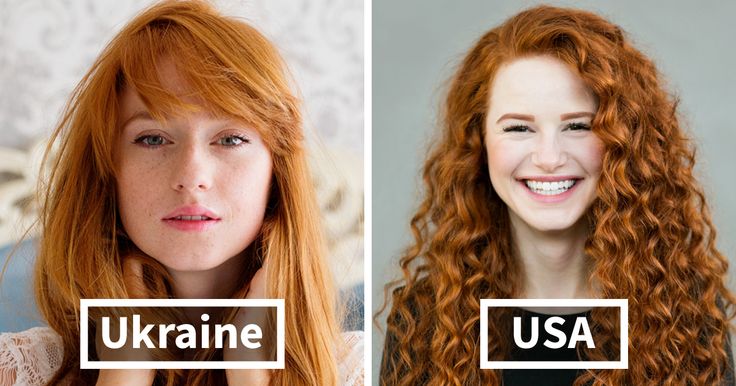
Unlocking the Mystery: What Is the Rarest Hair Color and Why Does It Matter?
But why does this matter? Well, hair color isn’t just a matter of aesthetics; it’s a deep dive into genetics and ancestry. Red hair is caused by a mutation in the MC1R gene, which is responsible for producing melanin, the pigment that gives hair its color. So, when you see someone rocking those oh-so-rare ginger strands, you’re looking at a unique genetic story that dates back centuries, perhaps even to the ancient Celts.
Let’s take it a step further. Think of hair color as a family tree; each shade represents a branch of human evolution and journey. The rarity of red hair raises fascinating questions: Did our ancestors with light hair have advantages in specific environments? Did the vibrant color play a role in attraction or social status? It’s like a historical mystery waiting to be unraveled.
And don’t overlook how this impacts culture and identity. Redheads often face stereotypes and myths, from fiery tempers to a connection with witchcraft. Yet, they also inspire fascination and admiration, standing out in a world where conformity sometimes reigns.
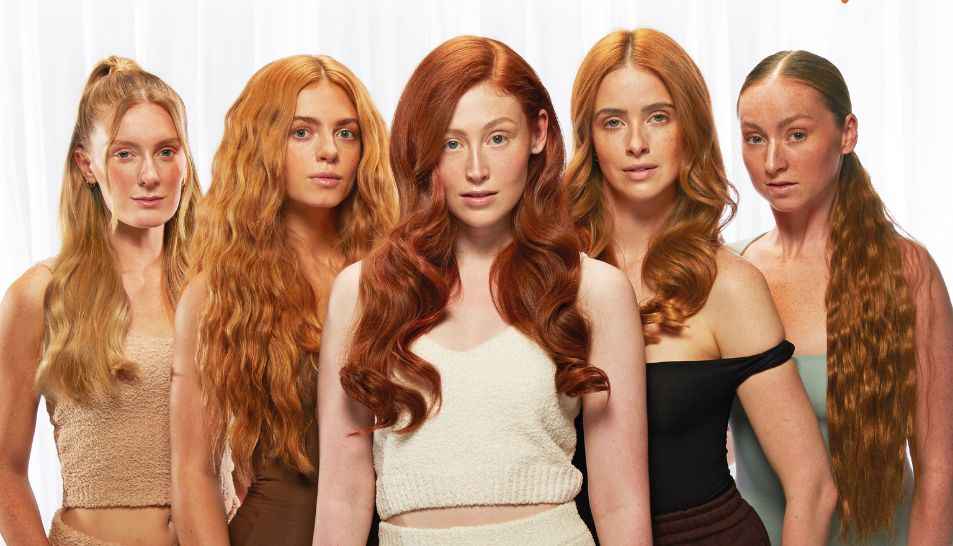
From Ginger to White: A Deep Dive into Hair Color Genetics and Rarity
Picture this: hair color is like a vibrant palette, and our genes are the artists behind the masterpiece. The funky reds and fiery gingers that light up the room come from a dominant gene known as MC1R. This gene doesn’t just whisper but sings loudly, making redheads a rare breed. Did you know that only about 1-2% of the global population boasts this head-turning hue? Talk about standing out in a crowd!
Now, let’s flip the canvas to the elegant whites and silvers that shimmer like moonlight. This transformation doesn’t just happen by chance. As we age, melanocytes—the cells responsible for pigment production—slow down, leading to the graceful emergence of white hair. Think of it as the hair’s way of donning a stunning, silver cloak over time. Isn’t it fascinating how the process symbolizes wisdom and experience?
But here’s something to chew on: genetics are a mixed bag. Anyone with a family tree that crisscrosses various hair colors could unveil mysterious strands that sparkle with rarity. Imagine being the unexpected unicorn in a room full of browns and blondes—an exhilarating feeling, right?
When we peel back the layers of our genetic code, it becomes clear that hair color is more than just aesthetics; it’s a unique tale spun from the fabric of DNA. So, whether you’re secretly admiring that gorgeous copper or flaunting your silver strands, remember that each color is a brushstroke in the fascinating art of human genetics.
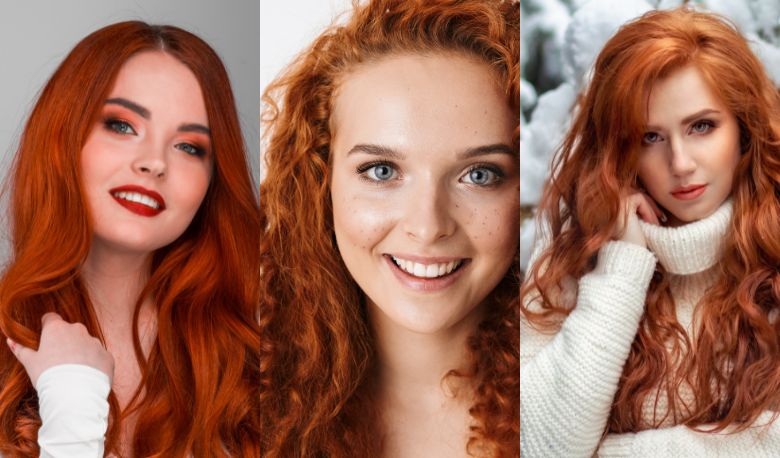
The Quest for Rare Hair: Meet the Few Who Sport the World’s Rarest Shades
So, who are these daring souls who embrace such extraordinary hues? Picture a group that includes everything from ethereal mermaid blues to fiery sunset oranges, each shade telling a unique story. These individuals often go through meticulous processes to find the perfect color, involving a blend of professional techniques and a pinch of creativity. It’s not just a gradient; it’s a masterpiece, a canvas reflecting personality and flair.
But what drives people to seek out these rare shades? It’s not just about being a trendsetter. For many, it’s about self-expression and breaking boundaries. It’s like riding a rollercoaster—you’re thrilled, a bit scared, but overwhelmingly exhilarated by the experience. Every color choice transforms not only their looks but also their outlook on life. They become a beacon of inspiration for others, proving that it’s okay to step outside the box.
Let’s be real: rocking a rare hair color comes with its challenges. Finding the right products to maintain those vibrant shades and booking regular touch-ups can feel like a full-time job. Yet, for lovers of rare hair, every hour spent is worth it. There’s a certain magic in standing out, and these individuals wear their uniqueness like a crown, inviting everyone around them to celebrate their own colors too.
Chromatic Curiosities: Exploring the Rarest Hair Colors in the Human Population
So, what exactly are these chromatic curiosities? Well, let’s start with natural redheads. Did you know only about 1-2% of the world’s population has red hair? It’s like spotting a unicorn in a field of horses! The vibrant tones of auburn and ginger aren’t just eye-catching; they also come with their own special clout. Red hair is linked to a genetic mutation that makes melanin levels play tricks—resulting in those stunning fiery locks.
Now, if you think red is rare, wait until you hear about people with natural gray hair at a young age. Sure, gray might scream “vintage,” but for those who start showing gray in their 20s, it’s like they’ve walked straight out of an old Hollywood film. This phenomenon can be attributed to various factors, including genetics and stress, making it an uncommon yet fascinating trait.
And then we have the captivating shades of silver and platinum, often only seen in those with complete graying or as a trendy dye option. But have you heard of people who sport hair that seems to shimmer like moonlight? These ethereal colors aren’t just a fashion statement; they embody a sense of individuality, a badge of honor in celebrating uniqueness.
Pale Perfection: Why Blonde Hair is More Common Than the Rarest Color
For starters, consider this: blonde hair is like the classic little black dress—timeless, versatile, and always in style. Even in a world bursting with vibrant hues, blonde remains a crowd-pleaser, often seen in everyone from pop stars to everyday folks. But why? Well, part of this allure lies in its universal appeal. Blonde hair reflects light in a way that often seems to highlight one’s features, giving off an ethereal glow that’s difficult to replicate with darker colors.
Now, let’s chat about rarity for a moment. Although colors like fiery red or deep violet are stunning and eye-catching, they can sometimes come across as more niche. They’re like exotic fruits—a delightful surprise, but not what you reach for every day. Blonde, on the other hand, is akin to a crisp apple: familiar and refreshing, making it a go-to choice for many.
There’s also a cultural aspect at play here. Across various societies, blonde hair has been historically associated with beauty and desirability. Think of all those iconic characters in movies and media with sun-kissed shades. This sociocultural perception can drive trends, leading more people to embrace or enhance their own blonde locks, perpetuating the cycle of this beloved hue.
#What is the rarest hair color

